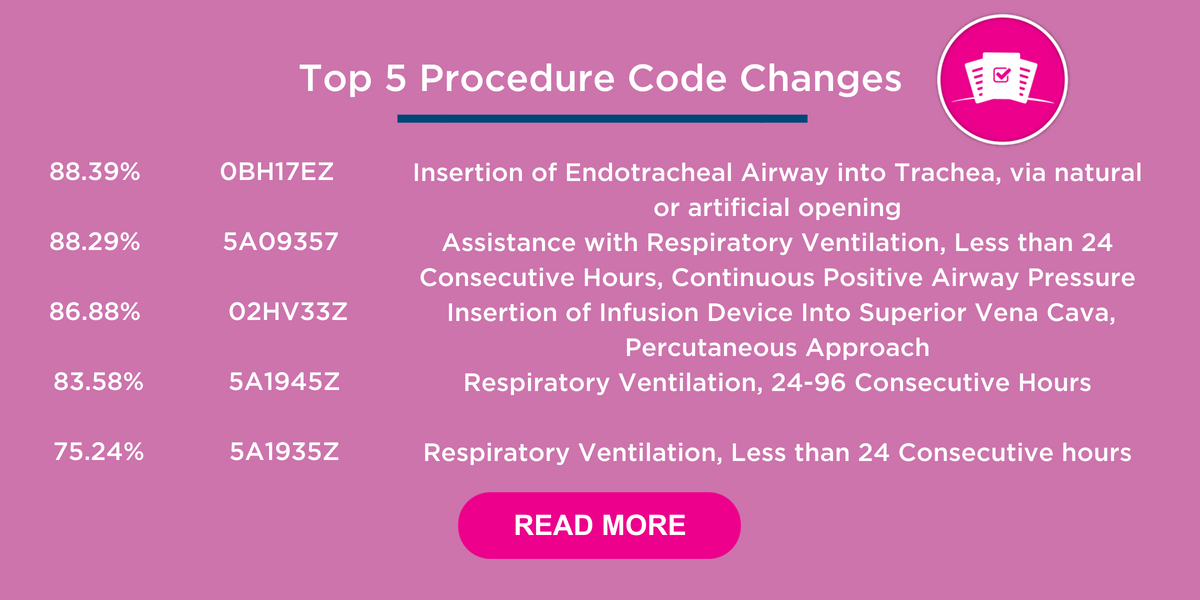
Locating ventilator times were difficult in the paper medical record, but has not become any easier with the implementation on the electronic health record (EHR.) Coders should be encouraged to review the record for exact ventilator times. As mentioned above, this could come down to minutes when selecting the correct ICD-10-PCS code. If you are having issues finding the ventilator times you may want to meet with your respiratory department to have them show you where the times are documented or see if your IT department is able to create a report/document that reflects times in a more obvious location. We have had several clients say that their IT department have been able to create these types of documents for them.
Another area that has shown to be problematic for coders is when a patient is on BiPAP through an endotracheal tube or tracheostomy. Per coding guidelines this would be coded as mechanical ventilation (root operation 1 Performance) since it is being delivered through an endotracheal tube or ventilator. Coders should not get this confused with BiPAP being delivered the traditional way, which would be coded as Assistance (root operation 0 assistance) with respiratory ventilation.
Things to remember when assigning the ventilator “Support/Management” codes:
- Times should not be rounded. If the ventilator time adds up to 23 hours and 55 minutes then it should be coded to less than 24 hours.
- The entire weaning process is counted when calculating the ventilator times. Stop counting when the patient is breathing on their own and the ventilator is turned off.
- Ventilator support can be coded if the patient is admitted to the hospital on a home ventilator.
- Do not report codes for mechanical ventilation that is being used during a surgical procedure. The ventilator support that is provided to a patient during surgery is considered an integral part of the surgical procedure.
- BiPAP is coded to mechanical ventilation only when being delivered through and endotracheal tube or tracheostomy.
Important references to review:
- Mechanical Ventilation Using Patient’s Equipment
- Coding Clinic for ICD-10-CM/PCS, First Quarter 2018: Page 13
- · Mechanical Ventilation
- Coding Clinic, Fourth Quarter 2014: Page 3
- Chapter 19: Diseases of the Respiratory System
- 2018 AHA Coding Handbook
The information contained in this post is valid at the time of posting. Viewers are encouraged to research subsequent official guidance in the areas associated with the topic as they can change rapidly.






Leave a Comment